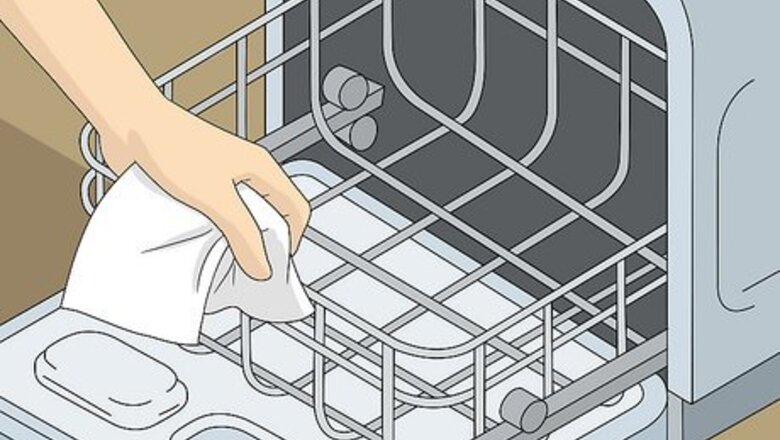
views
Cleaning Appliances
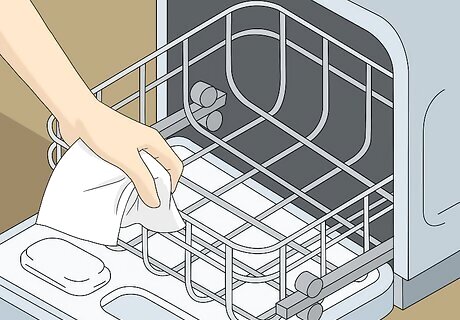
Clean your dishwasher. Dishwashers can usually be cleaned by running a cleaning cycle. Before doing so, however, use a paper towel to remove any loose bits of food from the bottom of the dishwasher. Usually, to run a cleaning cycle, you place a cleaning solution in the dishwasher and then let it run. Refer to your dishwasher's specific instruction manual for the precise directions for your washer.
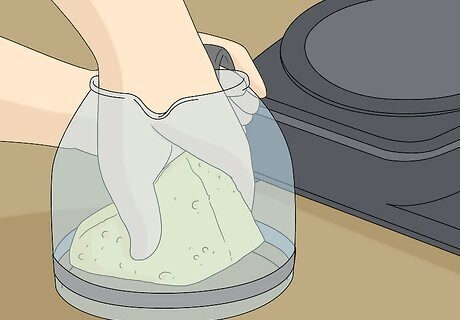
Wash your coffee maker. If you have a coffee maker, give it a good clean while deep cleaning your home. Empty the coffee filter and fill it with three cups of warm water and three cups of white vinegar. Turn on the brew cycle and let it run halfway before switching the machine off. Allow the solution to sit for an hour before turning the machine back on. Then, run the coffee maker under clear tap water to rinse out vinegar residue. In addition to cleaning out the filter, if you haven't cleaned the pot recently, give that a quick cleaning as well.
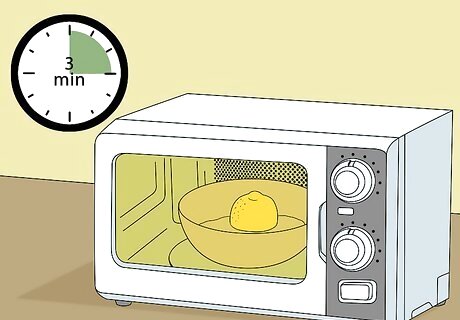
Clean your microwave. To clean a microwave, place a coffee pot filled with water and lemon slices in the microwave. Cook the pot for three minutes on high heat. Leave the pot inside for an additional three minutes before removing it. This should loosen dirt and debris, making it easier to wipe down the inside of the microwave with a paper towel. If any food is splattered on the outside of your microwave, wipe it off with a clean cloth when deep cleaning.
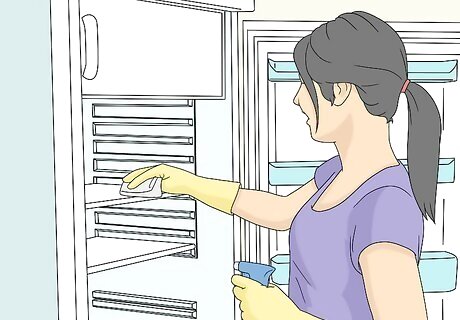
Clear out and clean your fridge. Go through your fridge, one shelf at a time, and throw out any old food and empty containers. Take out any removable shelves and drawers and wash them in your sink with water and dishwashing liquid. Use dishwashing liquid and water to wipe down the exterior of your fridge as well. Wipe down the sides of your fridge with dishwasher soap and water to remove any stains or spills. Make sure to target the handle with dishwashing liquid and soap. A refrigerator's handle often harbors bacteria.
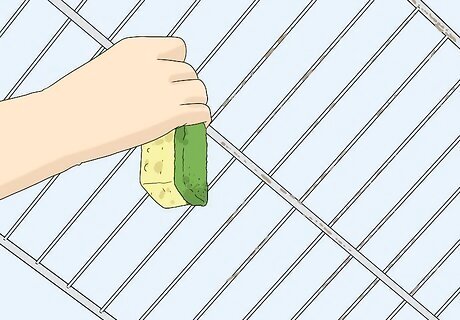
Clean your oven. Remove oven racks and burners. Soak them in the sink with warm water and dishwashing soap and then wash them with a sponge or rag. With a self-cleaning oven, make use of the automatic cleaning cycle. Follow your oven's directions closely. If your oven is not self-cleaning, wipe down the inside of the oven using an SOS brush and some dish soap and water. Remove any stains and built-up food. When you're done cleaning out your oven, dust off any bits of food on the bottom of the oven. Be sure to remove food from the bottom of the oven yourself after the cleaning cycle runs.
Cleaning Your Bathroom
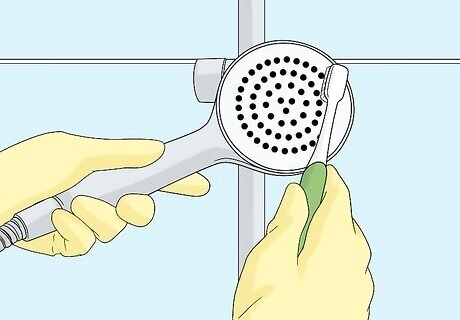
Clean the shower and tubs. Shower caddies, if you have them, should be removed and washed with soap and water. Scrub down shower heads with a toothbrush to remove built-up debris. Use a basic bathroom cleaner to wipe down the sides of your tub, removing any built-up mildew, dirt, or soap and shampoo residue. You should also wash the walls inside a shower with bathroom cleaner and a soft rag. Use a toothbrush to get into hard-to-reach places like corners and between tiles.
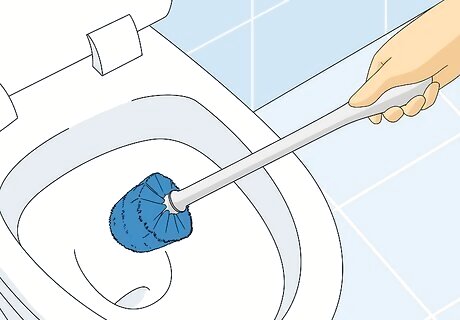
Target the toilet. Give your toilet a basic cleaning while cleaning your bathroom. Squirt some toilet cleaner into the bowl and use a toilet brush to swish it around. Remove any stains from the side of the toilet bowl. You should also spritz a basic bathroom cleaner on the sides, top, and toilet seat. Wipe down the toilet with paper towels and a soft rag after applying the cleaner. Use gloves when cleaning a toilet, as your bathroom has a lot of bacteria. Also, wash your hands thoroughly after cleaning a toilet.
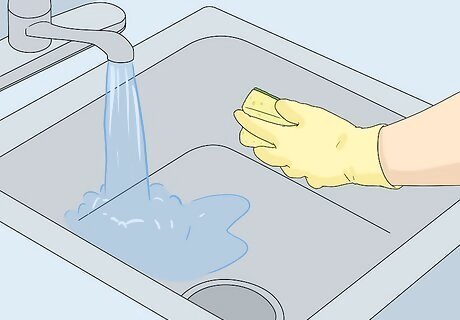
Wipe down sinks and countertops. Sinks and countertops in a bathroom are prone to dirt build-up and mildew. Remove all items from your bathroom counter. Spritz a basic bathroom cleaner over your sink and counter. Then, wipe down the cleaner with a rag or paper towel. For difficult-to-reach places, such as the faucet, use a toothbrush to get into cracks and crevices.
Removing Dust
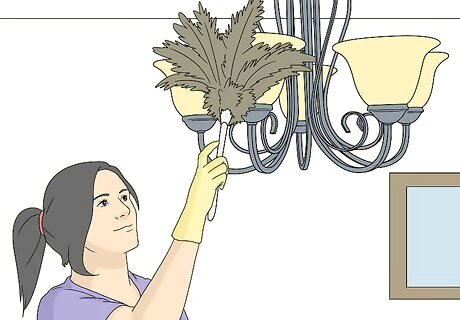
Remove dust from light fixtures and fans. Light fixtures and fans are often overlooked in day-to-day cleaning, but they can harbor a lot of dust. When deep cleaning your home, use a slightly damp microfiber cloth or rag to wipe dirt from ceiling fans and light fixtures. Remove the glass from light fixtures so you can clean out the insides and remove any trapped bugs. For high up fans and light fixtures, you should use a ladder over a chair as it's more secure. Never use a chair with wheels to reach a lamp or light fixture.
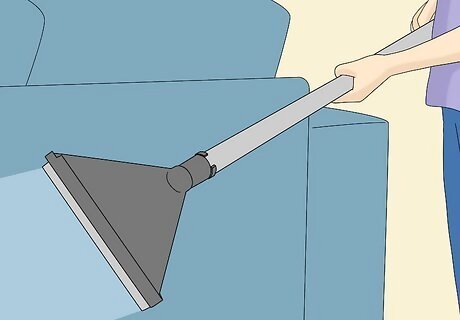
Target dust on the back of furniture. When moving furniture to sweep or vacuum, you will notice dust builds up on the back of chairs and sofas. Use a vacuum cleaner attachment to remove dust and debris from these surfaces.
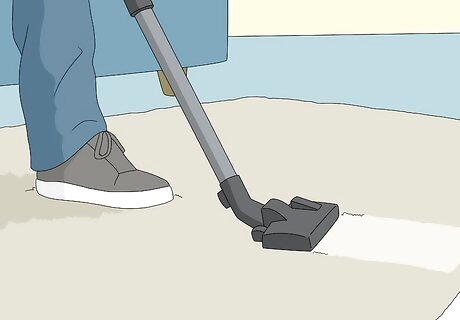
Dust off rugs. Lay a clean sheet over your floor and place your rug face down on it. Go over the rug with a vacuum cleaner. Then, flip it over and vacuum the other side. If you notice any stains on your rug, use warm water and a rag to blot them out.
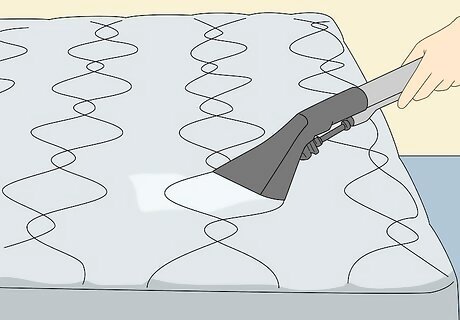
Remove dust from mattresses. Mattresses also collect dust. Use a vacuum's upholstery brush to remove dust from a mattress. Run it over the mattress, making sure to get into crooks and crevices, to remove any obvious dust and debris. You should also make sure to vacuum the sides of the mattress during cleaning. Wash your sheets in a washing machine when you deep clean your mattress.
Targeting Floors, Walls, and Windows
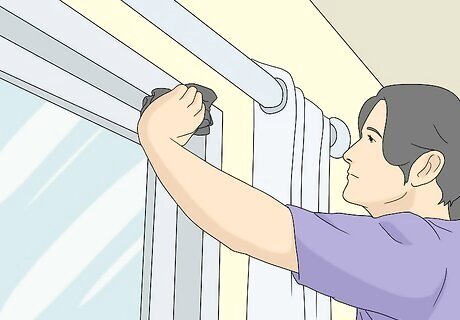
Clean your window frames. Window frames should be cleaned when deep cleaning your home. To start, use the detachable nozzle of a vacuum cleaner to remove dirt and debris from window frames, especially debris found in cracks and grooves. Then, spritz an all-purpose cleaner along the window frames and wipe them down with a rag. If you don't have a vacuum, use a duster to remove dirt and debris from window frames.
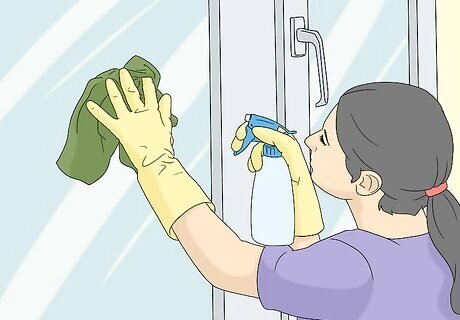
Clean your windows. Once the window frames are clean, clean the windows inside and outside. Use a commercial glass cleaner and a paper towel to wipe down windows. Make sure to wipe in the same direction inside and outside of the windows. This will leave them looking clear.
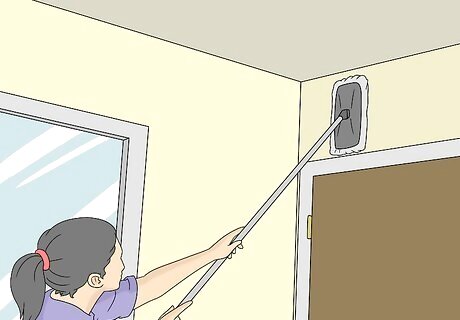
Wipe down your walls. Mix 20 ounces of warm water with a tablespoon of dishwashing detergent in a spray bottle. Spritz the solution on your walls, working in one section at a time, and let it sit on for five minutes. Then, wipe down your walls using a rag dipped in clean, warm water. Test the solution on a small, out-of-sight portion of your walls first. This is to make sure it does not damage your paint or wallpaper. EXPERT TIP "When you're deep cleaning, make sure to wipe down any baseboards and cabinets, especially in the kitchen and bathroom areas." Ashley Matuska Ashley Matuska Professional Cleaner Ashley Matuska is a Professional Cleaner at the Founder and Owner of Dashing Maids in Denver, Colorado. Ashley has over seven years of experience in the cleaning industry. She and her team specialize in offering sustainable deep cleaning and maintenance cleaning services. Ashley Matuska Ashley MatuskaProfessional Cleaner
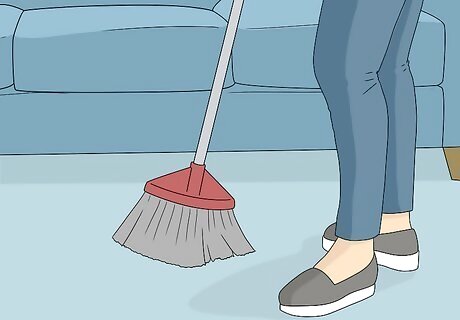
Sweep or vacuum your floors. Before you can thoroughly wash your floors, you need to remove dirt and debris. In every room in your house, use a vacuum or broom to rid the floors of obvious messes. For wood floors, go over the floors once with a broom and again with a vacuum. Make sure to get into hard-to-reach places. Sweep and vacuum underneath furniture and small nooks and corners. To get into difficult to reach places, make use of detachable nozzles on your vacuum.
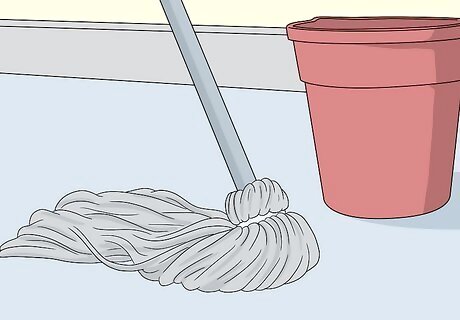
Mop your floors. For wood floors, tiles, and similar surfaces, do a thorough mopping after vacuuming and sweeping. Use a small amount of a commercial cleaner that is safe for your floors. Use a damp mop to remove dirt and stains on wood floors. Remember to target hard-to-reach places. You may want to use a sponge, rag, or toothbrush to get into places like corners. Get under any furniture or appliances, including things like ovens, when deep cleaning your floors.

















Comments
0 comment